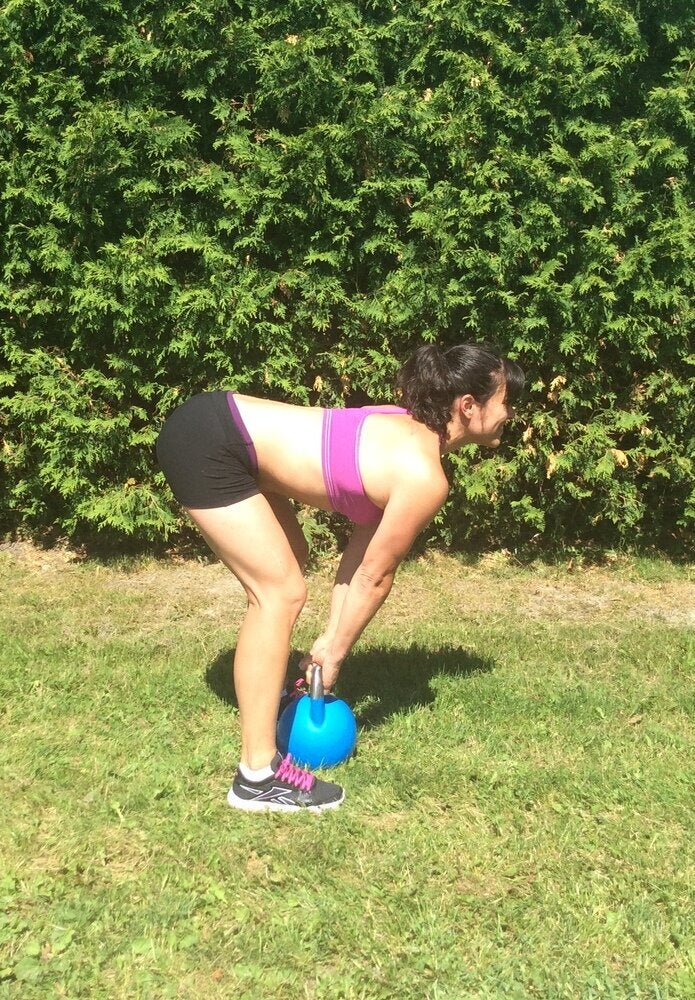
Research conducted at York University's facility of health in Toronto suggests a vast misunderstanding of how much exercise is necessary to maintain good health and what, exactly, a hearty workout really brings.
While study participants were well able to identify and define light exercise, such was not the case for anything more intensive, researchers say.
"Our study findings suggest that the majority of young and middle-aged to old adults underestimate the intensity of physical activity that is required to achieve health benefits," says Professor Jennifer Kuk, School of Kinesiology and Health Science. "This is worrisome both for personal and public health and well-being."
The study surveyed 129 sedentary adults between the ages of 18 and 64. Subjects were selected at random, without regards to gender, ethnicity or body mass index (BMI).
Using a treadmill, subjects were asked to demonstrate various intensity levels by briskly walking, jogging or running in the corresponding manner.
Despite having been given definition standards and being told what physical reactions to expect at different intensity levels, results say participants wildly underestimated moderate to vigorous intensity levels.
"We instructed volunteers to walk or jog on the treadmill at a speed which they felt corresponded to the ‘light,' ‘moderate' and ‘vigorous' intensity descriptors used in the physical activity guide, yet they underestimated how hard they should be working to achieve moderate and vigorous intensity," lead researcher and graduate student Karissa Canning says.
Under current Canadian guidelines, moderate physical activity is defined as bringing cardiac rates in the range of 64 to 76 per cent of their maximum, and from 77 to 83 per cent to achieve vigorous activity.
Canning remarked that much time and effort was devoted to the research necessary to create those definitions, but that the real challenge is in getting people to actually understand them.
Funding was contributed by the Heart and Stroke Foundation and the study was published in the journal PLOS ONE.
Also on HuffPost
